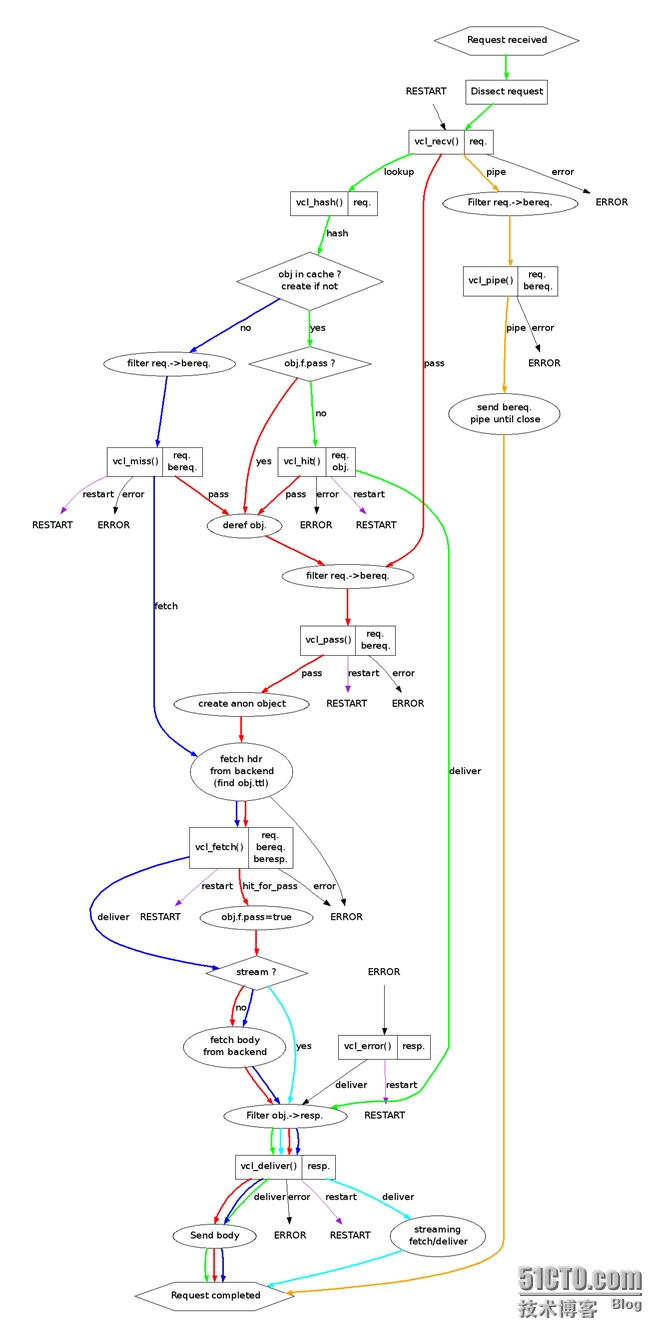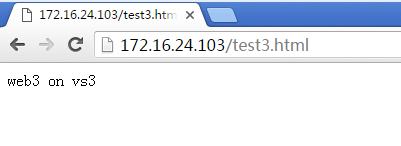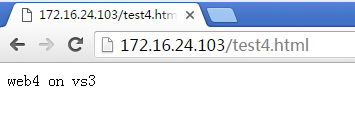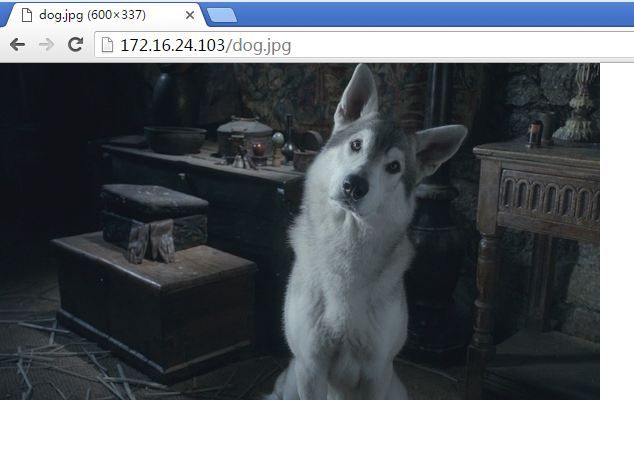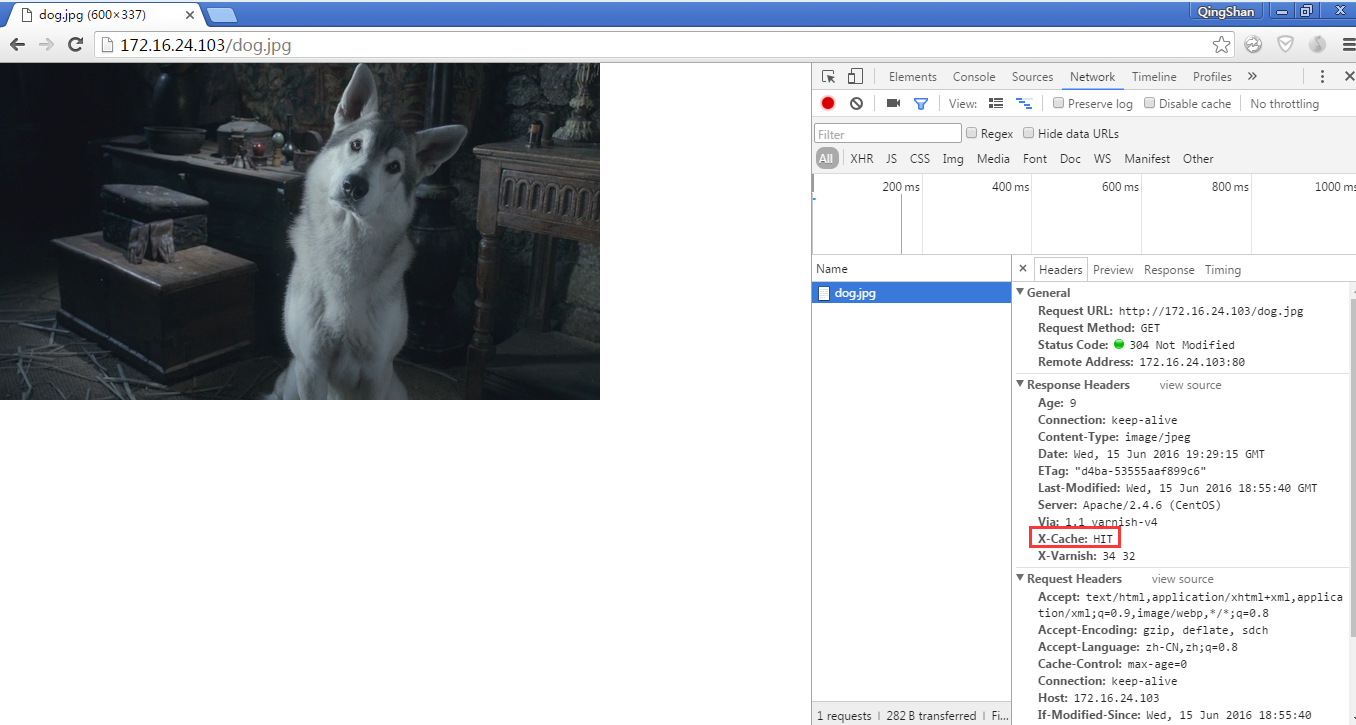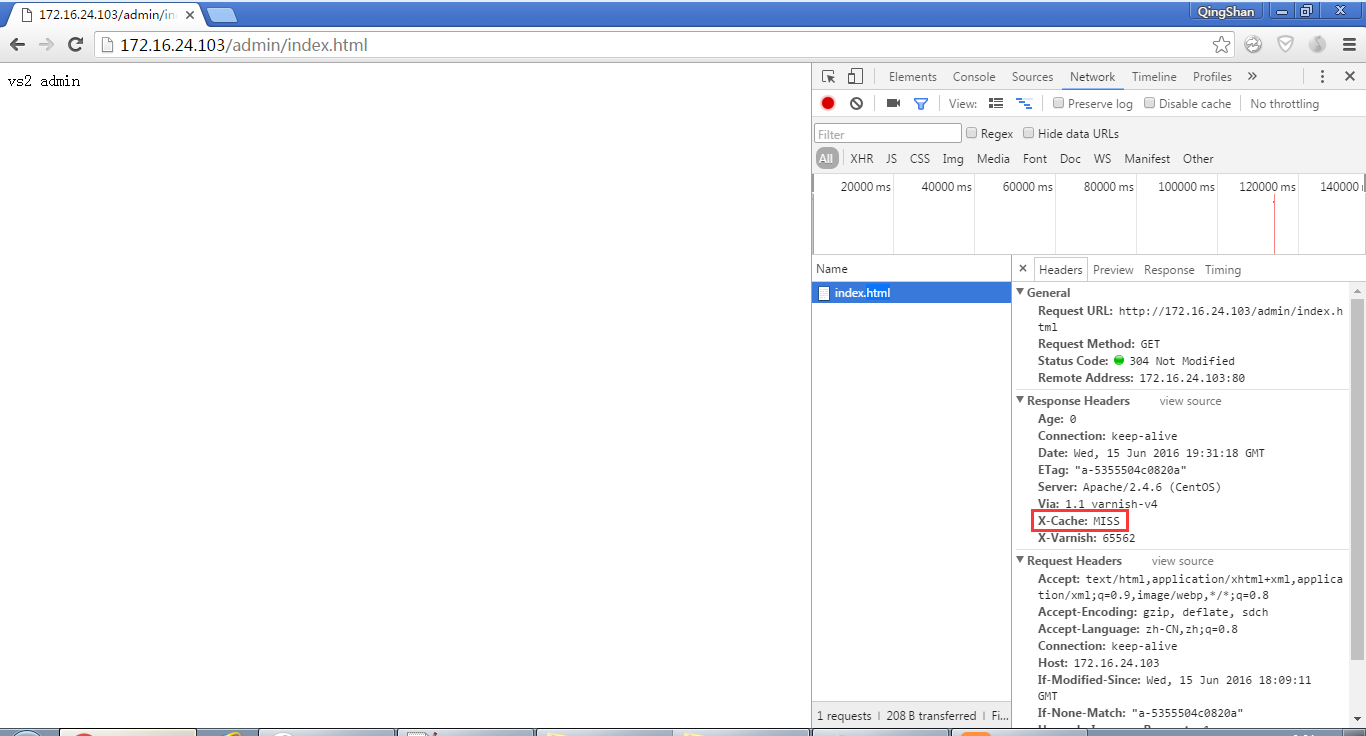varnish如何存儲緩存對象:
file: 單個文件;不支持持久機制; malloc: 緩存在內存中; persistent:基於文件的持久存儲;(此方式不建議使用)
vcl:配置緩存系統的緩存機制;【線程中緩存功能的工作機制】
一、在vs2和vs3上安裝http
寫入文件,內容一個爲on vs2,另一個爲on vs3
[root@vs2 ~]# yum install http
[root@vs2 ~]# for i in {1..10}; do echo "web$i on vs2" > /var/×××w/html/test$i.html; done
[root@vs2 ~]# ls /var/×××w/html/
test10.html test2.html test4.html test6.html test8.html
test1.html test3.html test5.html test7.html test9.html
[root@vs2 ~]# systemctl start httpd.service二、安裝varnish(在centos7上安裝4.0.3版本)
[root@vs1 ~]# yum install varnish
三、varnish主程序的配置文件
[root@vs1 ~]# vim /etc/varnish/varnish.params # Varnish environment configuration description. This was derived from # the old style sysconfig/defaults settings # Set this to 1 to make systemd reload try to switch vcl without restart. RELOAD_VCL=1 # Main configuration file. You probably want to change it. VARNISH_VCL_CONF=/etc/varnish/default.vcl #讀取vcl配置文件的位置 # Default address and port to bind to. Blank address means all IPv4 # and IPv6 interfaces, otherwise specify a host name, an IPv4 dotted # quad, or an IPv6 address in brackets. # VARNISH_LISTEN_ADDRESS=192.168.1.5 VARNISH_LISTEN_PORT=6081 #監聽的服務端口爲6081 # Admin interface listen address and port VARNISH_ADMIN_LISTEN_ADDRESS=127.0.0.1 #監聽的管理地址爲本機 VARNISH_ADMIN_LISTEN_PORT=6082 #監聽的管理端口爲6082 # Shared secret file for admin interface VARNISH_SECRET_FILE=/etc/varnish/secret #密鑰文件位置 # Backend storage specification, see Storage Types in the varnishd(5) # man page for details. VARNISH_STORAGE="file,/var/lib/varnish/varnish_storage.bin,1G" #緩存以文件的方式的存儲位置和大小 #VARNISH_STORAGE="malooc,256M" #以內存方式緩存,緩存大小爲256M # Default TTL used when the backend does not specify one VARNISH_TTL=120 #聯繫後端服務器超時時長 # User and group for the varnishd worker processes VARNISH_USER=varnish #主進程所使用的用戶 VARNISH_GROUP=varnish #主進程所使用的組 # Other options, see the man page varnishd(1) #進程選項,線程池的最大值最小值和超時時長 DAEMON_OPTS="-p thread_pool_min=5 -p thread_pool_max=500 -p thread_pool_timeout=300"
四、varnish的命令行管理工具
[root@vs1 ~]# varnishadm -S /etc/varnish/secret -T 127.0.0.1:6082 help help [<command>] #獲取幫助信息 ping [<timestamp>] #測試服務器是否正常 auth <response> # quit #退出 banner status #顯示服務器狀態信息 start #啓動子進程 stop #停止子進程 vcl.load <configname> <filename> #載入哪個文件爲配置文件 vcl.inline <configname> <quoted_VCLstring> vcl.use <configname> #使用哪個vcl文件 vcl.discard <configname> #刪除哪個vcl文件 vcl.list #列出所有可用的vcl文件 param.show [-l] [<param>] #顯示運行時參數 param.set <param> <value> panic.show #顯示恐慌信息,顯示進程或子進程上次掛掉的原因 panic.clear #清除恐慌信息 storage.list #顯示緩存信息 vcl.show [-v] <configname> #顯示vcl文件的詳細信息,vcl編譯前的樣子 backend.list [<backend_expression>] #顯示後端服務器列表 backend.set_health <backend_expression> <state> #手動上線下線後端服務器 ban <field> <operator> <arg> [&& <field> <oper> <arg>]... #清理緩存中的緩存對象 ban.list #顯示定義的清理緩存規則
varnish的訪問日誌
[root@vs1 ~]# varnishlog [root@vs1 ~]# varnishtop
varnish的統計信息
[root@vs1 ~]# varnishstat
五、vcl配置文件的說明
http://book.varnish-software.com/4.0/chapters/VCL_Basics.html
http://book.varnish-software.com/4.0/_images/simplified_fsm.svg
vcl_recv 接收請求 cacheable 判斷是否爲可緩存對象 incache 判斷hash後的結果是否存在 vcl_hash 可緩存對象hash計算 vcl_hit 緩存中命中 vcl_miss 緩存中未命中 vcl_fetch 獲取後端內容 vcl_deliver 構建緩存發送 vcl_pipe 客戶端請求的方法不是常見方法時,直接交給後端服務器處理 vcl_pass 不檢查緩存直接從後端服務器取 vcl_error varnish直接返回錯誤響應
六、vcl配置文件
[root@vs1 ~]# cp /etc/varnish/default.vcl /etc/varnish/test.vcl
[root@vs1 ~]# vim /etc/varnish/test.vcl
# This is an example VCL file for Varnish.
#
# It does not do anything by default, delegating control to the
# builtin VCL. The builtin VCL is called when there is no explicit
# return statement.
#
# See the VCL chapters in the Users Guide at https://×××w.varnish-cache.org/docs/
# and http://varnish-cache.org/trac/wiki/VCLExamples for more examples.
# Marker to tell the VCL compiler that this VCL has been adapted to the
# new 4.0 format.
vcl 4.0;
# Default backend definition. Set this to point to your content server.
backend vs2 { #定義後端主機vs2
.host = "172.16.24.102";
.port = "80";
.probe = { #對後端主機的test1進行進行健康狀態檢測
.url = "/test1.html";
}
}
backend vs3 {
.host = "172.16.24.104";
.port = "80";
.probe = {
.url = "/test1.html";
}
}
#import directors; #加載directors模塊,在負載均衡輪詢時要用到
#sub vcl_init { #輪詢方式的負載均衡
# new mycluster = directors.round_robin();
# mycluster.add_backend(vs2);
# mycluster.add_backend(vs3);
#}
sub vcl_recv {
# Happens before we check if we have this in cache already.
#
# Typically you clean up the request here, removing cookies you don't need,
# rewriting the request, etc.
#url中開頭帶有login或者admin的直接從後端主機取結果不緩存
if (req.url ~ "(?i)^/login" || req.url ~ "(?i)^/admin") {
return(pass);
}
#url以jpg,png,gif結尾的直接發給vs2,其他的都發給vs3
if (req.url ~ "(?i)\.(jpg|png|gif)$") {
set req.backend_hint = vs2;
} else {
set req.backend_hint = vs3;
}
# set req.backend_hint = mycluster.backend(); #負載均衡集羣
#如果客戶端請求爲PRI返回405,如果請求的爲非GET,HEAD,PUT,POST,TRACE,OPTIONS,DELETE都直接發給後端主機處理
if (req.method == "PRI") {
/* We do not support SPDY or HTTP/2.0 */
return (synth(405));
}
if (req.method != "GET" &&
req.method != "HEAD" &&
req.method != "PUT" &&
req.method != "POST" &&
req.method != "TRACE" &&
req.method != "OPTIONS" &&
req.method != "DELETE") {
/* Non-RFC2616 or CONNECT which is weird. */
return (pipe);
}
if (req.method != "GET" && req.method != "HEAD") {
/* We only deal with GET and HEAD by default */
return (pass);
}
if (req.http.Authorization || req.http.Cookie) {
/* Not cacheable by default */
return (pass);
}
return (hash);
}
sub vcl_backend_response {
# Happens after we have read the response headers from the backend.
#
# Here you clean the response headers, removing silly Set-Cookie headers
# and other mistakes your backend does.
}
sub vcl_deliver {
# Happens when we have all the pieces we need, and are about to send the
# response to the client.
#
# You can do accounting or modifying the final object here.
#如果緩存能命中就在返回值中插入HIT,未命中則插入MISS
if (obj.hits>0) {
set resp.http.X-Cache = "HIT";
} else {
set resp.http.X-Cache = "MISS";
}
}
[root@vs1 ~]# varnishadm -S /etc/varnish/secret -T 127.0.0.1:6082
vcl.load test2 test.vcl
200
VCL compiled.
vcl.use test2
200
VCL 'test2' now active七、測試
在vs2上上傳一張dog.jpg,在vs3上不上傳任何圖片

